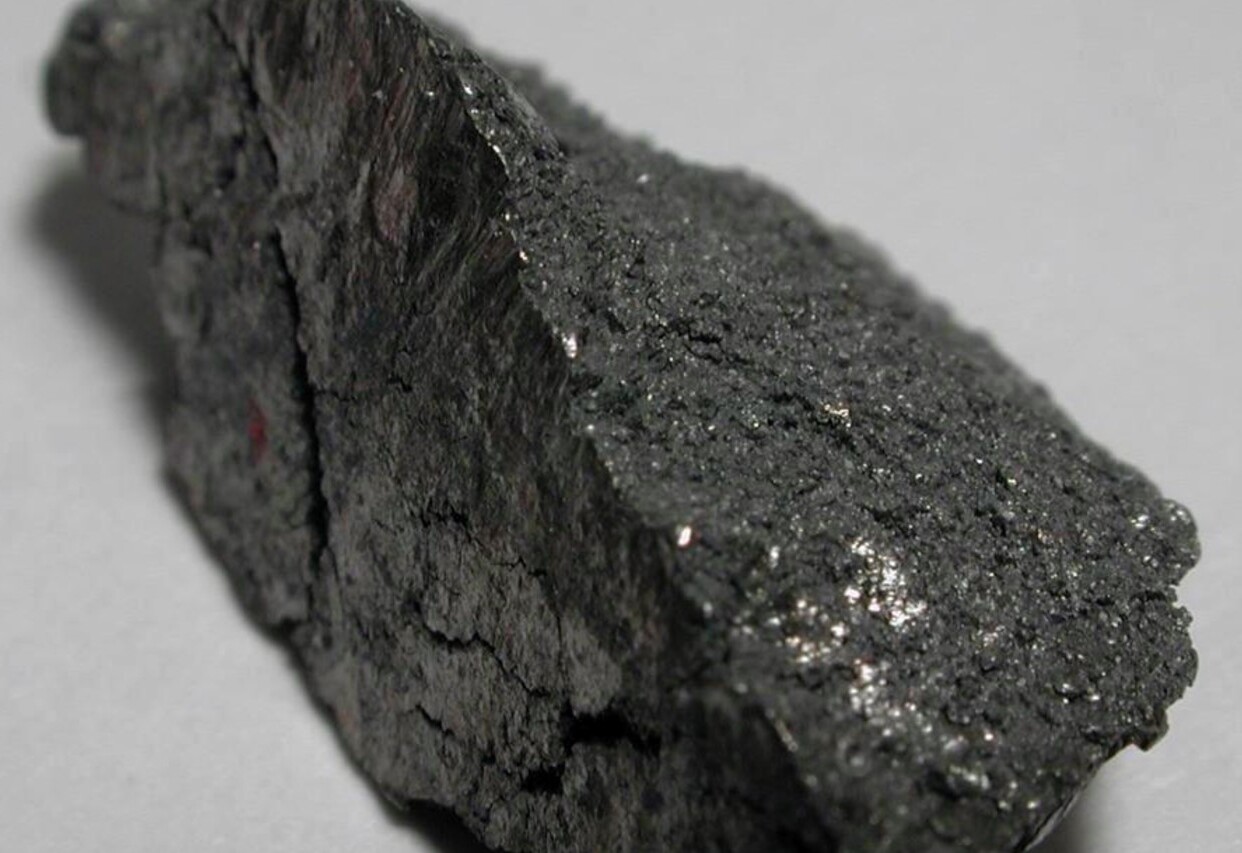
Erbium and Iridium might sound like characters from a sci-fi novel, but these elements are real and fascinating parts of our world. Erbium, a rare earth element, shines in pink hues and plays a crucial role in fiber optics. Iridium, one of the densest metals, is known for its incredible resistance to corrosion. Both elements have unique properties that make them invaluable in various industries. From enhancing communication technologies to being part of the world’s most durable alloys, these elements are more than just names on the periodic table. Ready to learn some cool facts about Erbium and Iridium? Let’s dive in!
Key Takeaways:
- Erbium and iridium are rare elements with unique properties. Erbium is used in fiber-optic communication and medical lasers, while iridium is found in spark plugs and cancer treatment. Both elements have fascinating histories and practical applications.
- Erbium and iridium, named after a Swedish village and the Greek goddess Iris, have diverse uses from communication technology to cancer treatment. These rare elements play crucial roles in various industries and have intriguing origins.
What is Erbium?
Erbium is a chemical element with the symbol Er and atomic number 68. It belongs to the lanthanide series, often referred to as rare earth elements. Erbium has unique properties that make it valuable in various applications.
- Erbium is a silvery-white metal that is malleable and soft enough to be cut with a knife.
- It was discovered by Carl Gustaf Mosander in 1843, who separated it from yttria.
- Erbium is commonly found in minerals like xenotime and euxenite.
- It has a high melting point of 1,529 degrees Celsius (2,784 degrees Fahrenheit).
- Erbium is used in nuclear technology as a neutron absorber.
- It is also used in fiber-optic communication systems to amplify signals.
What is Iridium?
Iridium, symbol Ir and atomic number 77, is a transition metal known for its impressive density and resistance to corrosion. It is one of the rarest elements on Earth.
- Iridium is a very hard, brittle metal with a silvery-white appearance.
- It was discovered in 1803 by Smithson Tennant in the residues of platinum ores.
- Iridium is the second densest element, with a density of 22.56 grams per cubic centimeter.
- It has a melting point of 2,446 degrees Celsius (4,435 degrees Fahrenheit).
- Iridium is highly resistant to corrosion, even at high temperatures.
- It is used in high-temperature crucibles and electrical contacts.
Uses of Erbium
Erbium's unique properties make it useful in various fields, from technology to medicine.
- Erbium-doped fiber amplifiers (EDFAs) are crucial in long-distance fiber-optic communication.
- It is used in lasers for medical and dental procedures, particularly in dermatology.
- Erbium is added to vanadium to lower its hardness and improve workability.
- It is used in the production of pink-colored glass and ceramics.
- Erbium isotopes are used in neutron-absorbing control rods in nuclear reactors.
- It is also used in metallurgy to improve the properties of alloys.
Uses of Iridium
Iridium's durability and resistance to corrosion make it valuable in several high-stress applications.
- Iridium is used in spark plugs for aviation and automotive engines.
- It is used in the manufacture of crucibles for growing crystals.
- Iridium is employed in the production of electrodes for the chlor-alkali process.
- It is used in the tips of fountain pens due to its hardness.
- Iridium is also used in the production of high-performance alloys.
- It is used in the medical field for radiation therapy in cancer treatment.
Fun Facts about Erbium and Iridium
Both elements have some interesting and lesser-known facts that highlight their unique characteristics.
- Erbium and iridium are both named after locations: Erbium after the Swedish village of Ytterby and Iridium after the Greek goddess Iris, due to its colorful salts.
Final Thoughts on Erbium-Iridium
Erbium and iridium, though lesser-known, play crucial roles in modern technology. Erbium enhances fiber optic communication, making our internet faster and more reliable. Iridium stands out for its durability and high melting point, essential in aerospace and medical devices. Both elements, with their unique properties, contribute significantly to advancements in various fields.
Understanding these elements helps us appreciate the complexity and innovation behind everyday technologies. From improving communication to ensuring the safety of medical procedures, erbium and iridium are indispensable. Their applications might not always be visible, but their impact is profound.
Next time you enjoy a seamless video call or marvel at space exploration, remember the silent workhorses—erbium and iridium—that make it possible. These elements, though not in the spotlight, are the unsung heroes of our technological world.
Frequently Asked Questions
Was this page helpful?
Our commitment to delivering trustworthy and engaging content is at the heart of what we do. Each fact on our site is contributed by real users like you, bringing a wealth of diverse insights and information. To ensure the highest standards of accuracy and reliability, our dedicated editors meticulously review each submission. This process guarantees that the facts we share are not only fascinating but also credible. Trust in our commitment to quality and authenticity as you explore and learn with us.
